I have the following problem and can not think of a way around without for loops.
Consider two matrices:
a=rand(N,3), b=rand(3,N)
What I want to get is: b(:, i)*a(i, :) (a 3*3 matrix) concatenated in the third dimension for all i.
Thus for the above example the result should be a (3*3*N) matrix.
